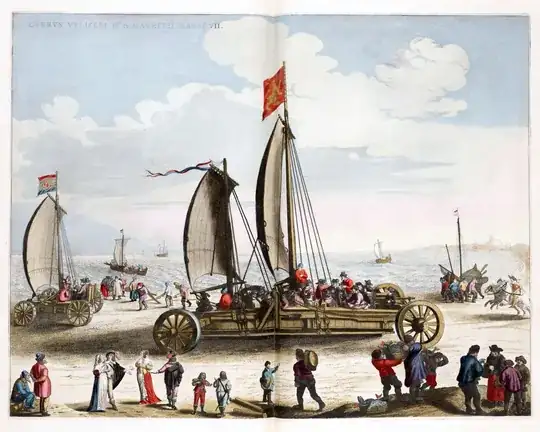In a previous question I asked what the impact of lack of above-ground fauna would be on an industrialized society, such as with a tech level of 1940s-1950s. While it largely wouldn't impact such a society, it might cause significant issues for pre-industrial societies.
In order to determine just what the "Starting Tech" level for this world is, I want to explore some of the issues with a lack of fauna. The first of these issues is Lack of work animals and how it affects city size.
Some basic information:
- The humans on this planet arrived via space but were unable to take any significant technology with them.
- They have food covered via food processing, farming of some Earth crops they managed to save, and farming of genetically modified rabbits and mice that are capable of providing nutritious meat but also able to eat the local flora.
- There are also fish and large ocean-dwelling creatures as well.
The current assumptions are they have access to decent wood or wood substitutes, can build ships, and are pretty much entirely coastal or along rivers since water is the easiest form of shipping. So things can be moved with large and small vessels, but farms by their very nature aren't going to be small.
Humans are the only significant power source for moving things across land. With this in mind, How large can a pre-Industrial city be with a technology level of roughly 1500-1600s? You can take a bit of leeway with the technology level - The population did come from the stars and was able to recreate some historic technologies.
